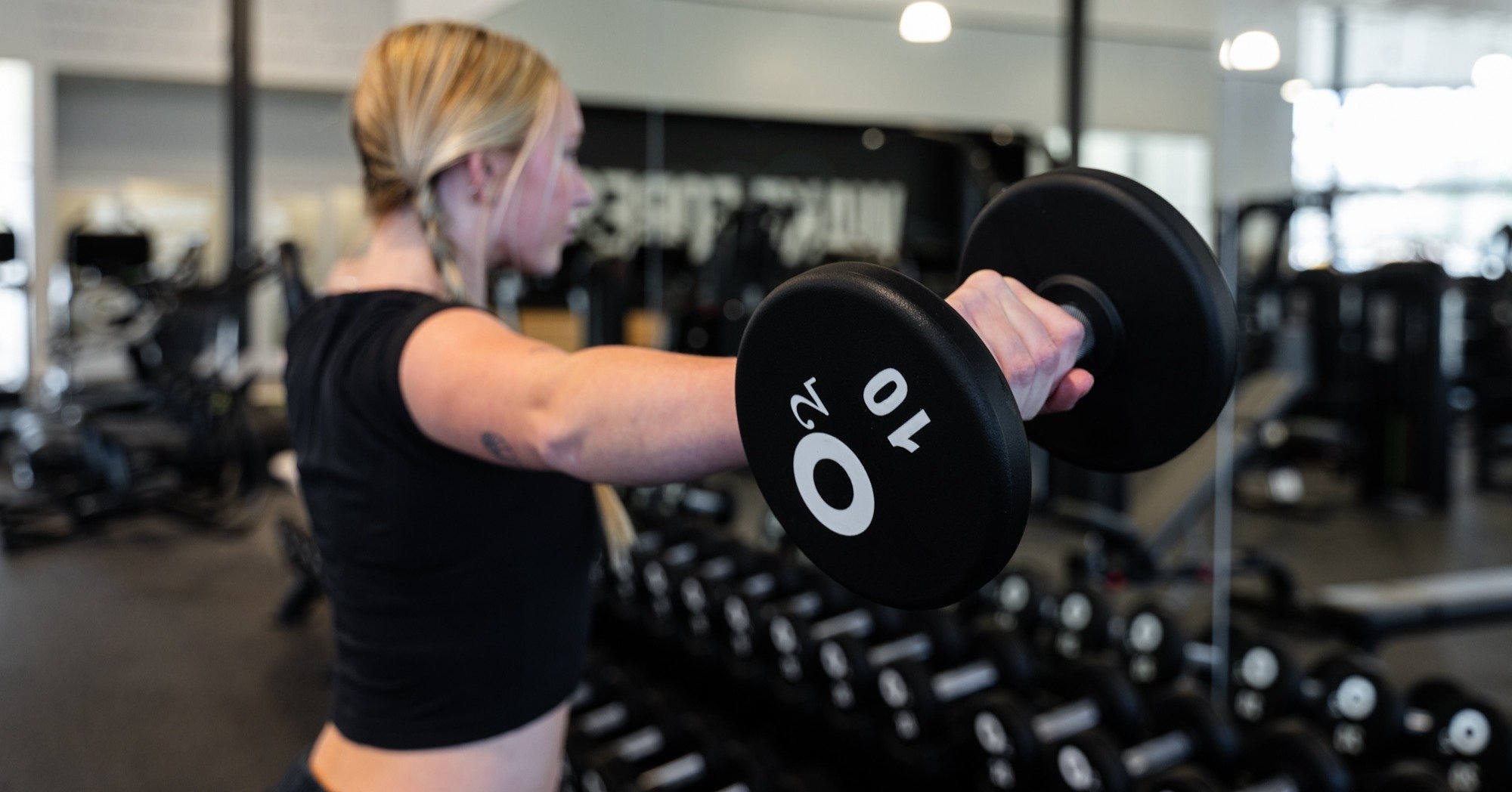Written By: Adam Dull, Personal Trainer @ O2 Cary
Strength and conditioning coaches and personal trainers are engaged in a constant search for the best ways to improve sport performance. All things being equal, a bigger, faster, stronger, more conditioned athlete will rule supreme on the playing court or field.
While there is constant debate over techniques for boosting sport specific speed, power and strength, I believe we tend to overlook the importance of a comprehensive warm-up, and the role it plays in optimizing performance in each and every workout, practice and game.
What is the best way to prepare an athlete for performance – mentally as well as physically?
For many years the accepted norm has been to perform a light warm-up followed by some “static stretching.” In fact, almost anywhere in the world you will see athletes – from school children to elite competitors – starting their practice sessions with ‘a couple of laps’ and some light stretching. So ingrained is this type of routine in almost every coach’s head that it tends to go unquestioned.
Advantages of a Dynamic Warm Up
The specific advantages of a dynamic warm-up, by comparison with the more traditional ‘sit and stretch’ routine, are as follows:
- Because it involves continuous movement, it maintains warmth in your body and muscles. I have found that many athletes drop their core temperature by 2-3° after sitting and stretching for 10-15 minutes;
- It prepares the muscles and joints in a more sport specific manner than static stretching;
- It enhances coordination and motor ability as well as revving up the nervous system – benefits which are particularly important for younger athletes who are still ‘learning their bodies’;
- Finally, and possibly most importantly, it prepares the mind for the workout ahead. Proper mental preparation for any sport is vital and, in my considerable experience with teams and groups, I have found that while many sit-and-stretch routines are an excuse for daydreaming, the dynamic warm-up forces athletes to focus and concentrate on the task at hand.








.jpg)
.jpg)
